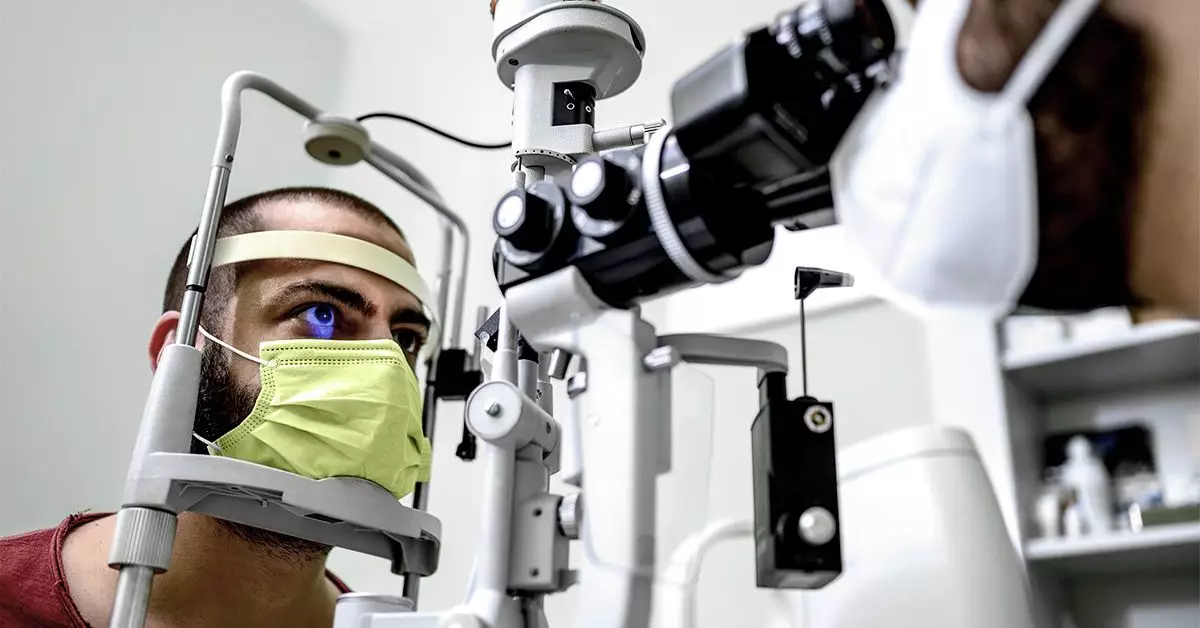Cataracts are a widespread eye condition that significantly impacts vision. As one of the most common causes of visual impairment, especially in older adults, understanding their symptoms, development, and treatment options is crucial for maintaining eye health. This article aims to provide a comprehensive overview of cataracts, including what they are, how they develop, their symptoms, and the various treatment options available.
Cataracts form when the proteins in the eye’s lens begin to break down and clump together, resulting in cloudiness that affects vision. Over time, this clouding can intensify, leading to further visual impairment. The lens of the eye, which is responsible for focusing light onto the retina, becomes opaque, obstructing clear sight. Cataracts can develop in one or both eyes but do not typically develop at the same pace, leading to different visual experiences in each eye.
The early stages of cataracts may not present any noticeable symptoms. According to the National Eye Institute (NEI), individuals may only discover they have cataracts during routine eye exams. However, as cataracts progress, several symptoms may emerge:
– **Blurry Vision**: One of the first signs is a gradual blurriness in vision. Many may find that their glasses or contact lens prescription requires frequent adjustments because the clouding alters how light is processed.
– **Halos Around Lights**: Cataracts can cause halos or glare around lights, making night driving particularly challenging.
– **Light Sensitivity**: Increased sensitivity to bright lights can make it uncomfortable to be in sunlight or well-lit areas.
– **Fading Colors**: Over time, colors may appear less vibrant or more yellowed due to the lens tinting that occurs with cataract development.
Recognizing these symptoms is essential in addressing the condition early to prevent further vision loss.
Cataracts can be categorized into several types, each influenced by different factors:
– **Age-Related Cataracts**: The most common type, age-related cataracts, generally develop after the age of 40 due to the natural aging process of the eye’s lens.
– **Congenital Cataracts**: Some infants may be born with cataracts, possibly due to genetic factors or complications during pregnancy.
– **Traumatic Cataracts**: Eye injuries can precipitate cataract formation, manifesting as a cloudy area in the eye.
– **Cataracts Associated with Diabetes**: Individuals with diabetes face a heightened risk of developing cataracts, which might appear with distinct grayish-white patterns.
Understanding these types of cataracts can assist individuals in identifying their risk factors and seeking medical advice proactively.
It is essential to consult with medical professionals if cataracts are suspected; especially if one experiences changes in vision. Health organizations suggest routine eye examinations, particularly for individuals aged 60 and above, occurring every one to two years. During these visits, doctors typically perform dilated eye exams that allow them to assess the extent of cataracts and any other potential eye conditions.
Initially, cataracts might be managed with non-surgical interventions. Individuals may find relief by updating their eyeglasses or contact lens prescriptions, using brighter lighting, or employing anti-glare sunglasses to mitigate symptoms. However, as the condition worsens, surgical intervention may become necessary, particularly when cataracts begin to disrupt daily activities.
Cataract surgery remains one of the safest and most effective surgical procedures, involving the removal of the cloudy lens and replacement with an artificial intraocular lens. This outpatient procedure typically results in significant improvements in vision for most patients.
While not all cataracts can be prevented, certain lifestyle choices may reduce their risk. Strategies to consider include wearing sunglasses that protect against ultraviolet (UV) rays, avoiding smoking, maintaining a healthy diet rich in antioxidants, and having regular eye check-ups. Furthermore, protective eyewear can help prevent trauma to the eyes, further reducing the likelihood of cataract development.
Regular monitoring and staying informed about cataract symptoms can help individuals take the necessary steps toward maintaining their visual health. Early intervention and advances in surgical techniques continue to provide hope and improved outcomes for those affected by cataracts.

